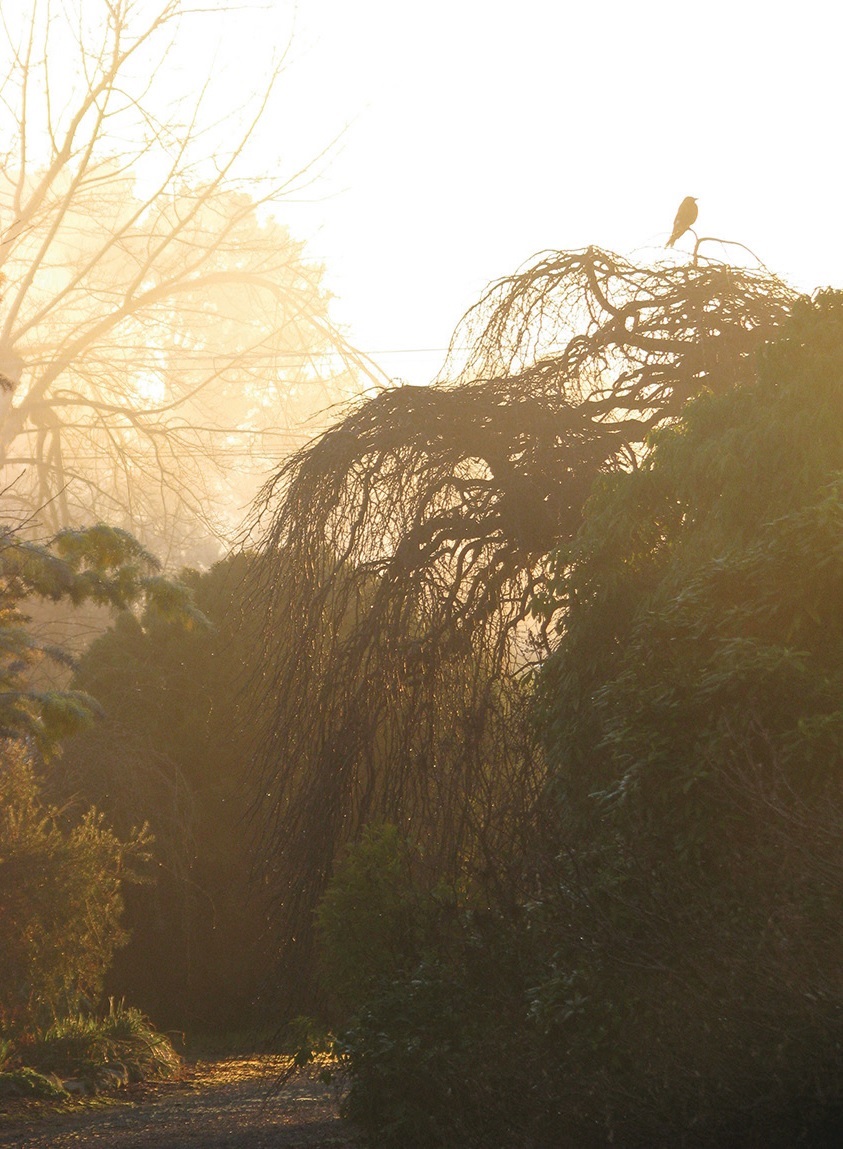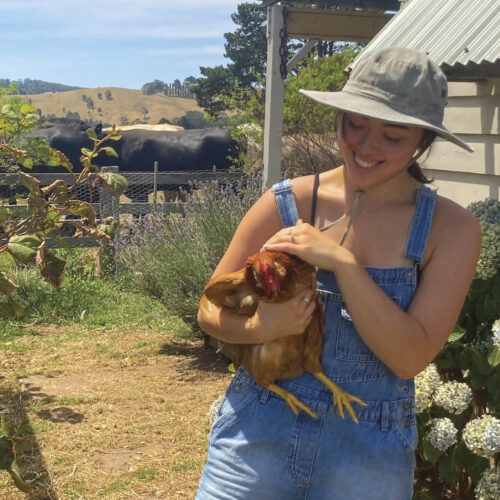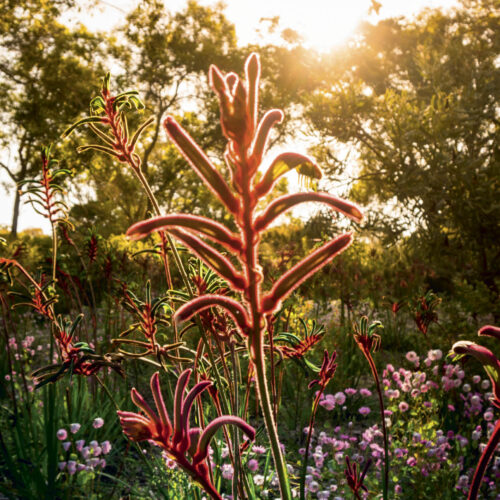In your branches
2015-06-15T03:23:37+10:00
Read the winning entries for our "tree stories" competition.
The weeping elm
I’m the humble custodian of the most magnificent weeping elm on my country property. It stands silent sentinel in the drive, heralding seasons. I greet it upon arrival and offer silent farewell as I leave. After a day in the garden I find myself with tea and a book in quiet contemplation under its magnificent canopy.
In summer it’s a cool room, in winter one of nature’s sculptures, but it always offers peace. The birds all land in the same place – a knobbly branch at its pinnacle – that completely disappears if the weather’s really wild. My old Labrador in his autumn years could regularly be found asleep in the violets under the elm, snoring gently, birds chirping and flitting in the canopy above.
After years of persuasion, I recently convinced the now elderly daughter of the original owner to visit my place. In her 80s, she came up the drive smiling in joy and wonder. The elm was a gift from her sister for their mother, Olive, bought in Mittagong 60 years ago. She told me the garden was everything to Olive and the tree held special memories for her. I, too feel the same as the passing curator of a wonderful legacy.
Anthea Brecknell, Canberra, ACT, and NSW Southern Highlands
Here is a follow-up letter from Anthea about her property:
I have wanted to live in the country since I was a young girl, but with the way of these things it just never happened. After a battle with cancer a number of years ago, I followed my heart and purchased a property in the NSW Southern Highlands.
It’s a real sanctuary with its historic gardens and tiny cottage (now crammed with pre-loved antiques) and I get there every second weekend from Canberra, more often than not with one huge dog, two elderly cats and three hens in the car. The community is quite hysterical over the hens and the farmers are bemused – they often ask me if the hens still lay. They do, in fact the hens love it!
The garden is my sanity and after much hard work is yielding plenty of fruit, nuts and berries.
Bella, the fir tree
When we first moved to Tasmania, leaving family in Western Australia, on frequent trips to Launceston we noticed a small fir tree in a paddock – the smallest tree by far in a line-up of pine trees, simply because of its species. Her very size helped her assume a personality all of her own. We named this tree Bella.
Through gale force winds, sleet and hail Bella stood firm. No matter when we drove past she was always there for us, sometimes with sheep grazing near her trunk. As we drew close, and she came clearly into view, we’d often chuckle, joke and greet her with a “Hi Bella”, even a wave. Goodness knows what any vehicle passing in the opposite direction would have thought!
I’ve thought “Don’t be ridiculous, she’s just a tree!”. Only to remind myself that over the 10 years we’ve known her she’s given us a lot: a sense of well-being, peace of mind and assurance. She’s not just a tree… she’s Bella!
And she’ll always be remembered as our friend, when we most needed one.
Judith-Anne Tahir, Deloraine, Tasmania
Arboreal delights
A love of trees inherited from my dad resulted in my observing and enjoying my favourite of the time, an apple tree he planted called ‘Ellison’s Orange’, with its crunchy juicy fruit and shade to play in, too. Very early on Dad would split an apple in two, exposing the small black seeds, explaining how the tree had grown from one of those… miraculous! I was hooked from that moment.
In recent years, though, a magnificent Indian neem tree gives enormous pleasure with its feathery almost weeping habit like a gently falling waterfall, the graceful evergreen foliage much appreciated in searing hot Queensland summers. Sprays of dainty wax-like flowers appear in season, so delicate against the dark foliage.
Half a world away in a climate so different from my childhood, I can dream as I did then.
Known in its original country as the ‘pharmacy tree’ because of the many medical uses, all poor people had one growing, so an Indian woman told me. Like myself, this migrant found a country it can thrive in, and, although grown mostly for aesthetic reasons, provides great piles of mulch for the garden after pruning. Definitely my favourite arboreal delight!
Val Smetheram, via email






